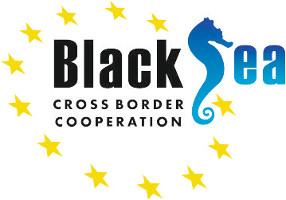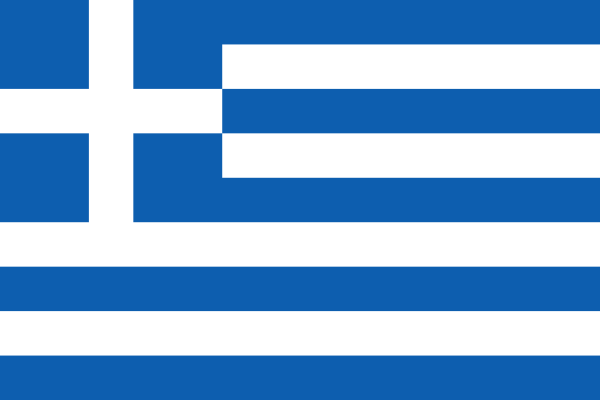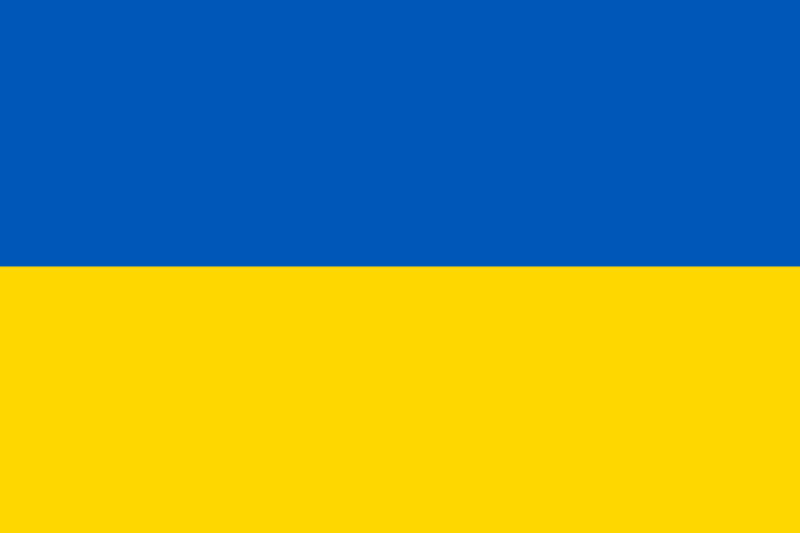EFQM - A Model for Excellence
The European Foundation for Quality Management (EFQM) Model helps organizations become more competitive by establishing appropriate management systems. The model sets a path to excellence, helps organizations measure where they are on the path and understand the gaps, and offers solutions to cover these gaps. In other words, the model allows organizations to determine their current “level or excellence” and where they need to improve their efforts. The model gives the users a set of performance improvement tools that help them achieve and sustain business success. With the EFQM model, organizations obtain a complete view of the organizational performance and understand how what they do affects the results they achieve.
How has the Model Evolved?
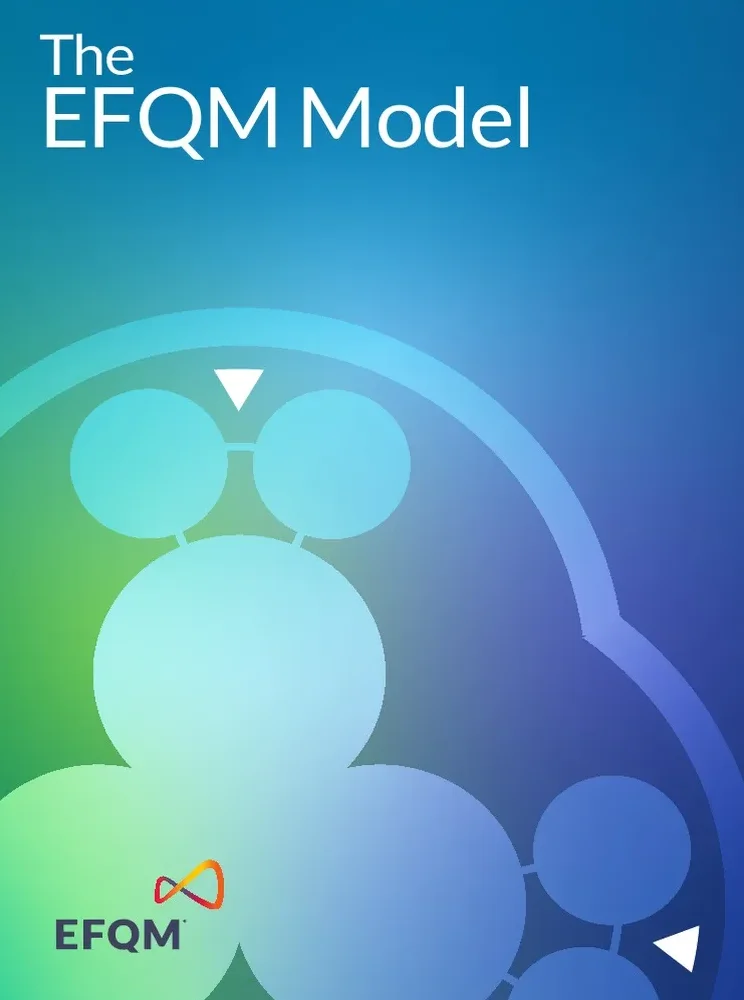
What are the Main Principles?
Regardless of the size or type of the organization these principles are as important today as they have ever been and continue to stress the importance of:
• The primacy of the customer
• The need to take a long term, stakeholder centric view
• Understanding the cause and effect linkages between why an organization does something, how it does it and what it achieves as a consequence of its actions.
The EFQM model has a strategic nature, since it focuses on the on operational performance and results, and allows to test the coherence and alignment of an organization’s ambitions for the future against its current ways of working and allows to identify the challenges and pain-points.
How does the Model Work?
Using the model provides the opportunity to see the holistic perspective and appreciate that an organization is a complex but, at the same time, an organized system. Just like the world at large, an organization should not be seen as linear, mechanical and predictable, rather it is far better understood as a complex adaptive system, made up of interdependent humans in a dynamic living world.
Any organization using the EFQM Model:
• Recognizes that it does not operate in a vacuum. It understands that it is part of a larger, complex ecosystem in which other players, known and unknown, can help or hinder its progress and that it is in its own interest to engage with and maximize the opportunity to learn and grow from others within its ecosystem
• Accepts the opportunity to act as a Leader in its sphere of influence, behaving as an inspiration to others and demonstrating what can be achieved for the benefit of others as well as itself
• Understands that it will face ever-increasing speeds and volumes of change and that it must be prepared to anticipate, address and respond appropriately, embracing the challenge of managing for today, and at the same time, forecasting the future and making sure it is prepared for it.
The EFQM Model Structure
The EFQM Model structure is based on the simple but powerful logic of asking three questions:
• “Why” does this organization exist? What Purpose does it fulfil? Why this particular Strategy? (Direction)
• “How” does it intend to deliver on its Purpose and its Strategy? (Execution)
• “What” has it actually achieved to date? “What” does it intend to achieve tomorrow? (Results).
In other words, the rationale of the EFQM Model is the connection between the Purpose and Strategy of an organization and how it is used to help it create sustainable value for its most important stakeholders and deliver outstanding results.

The EFQM Model Process
Direction: For an organization to achieve and sustain outstanding results that meet or exceed the expectations of its stakeholders it:
• Defines an inspiring Purpose
• Creates a Vision that is aspirational
• Develops a Strategy that is centered on Creating Sustainable Value
• Builds a winning culture.
This direction setting process prepares the way forward for the organization to be seen as a leader in its ecosystem and well positioned to execute its plans for the future.
Execution: After setting the direction, an organization needs to execute its Strategy effectively and efficiently, ensuring that it:
• Knows who the stakeholders are in its ecosystem and engages fully with those that are Key to its success
• Creates Sustainable Value
• Drives the levels of performance necessary for success today and, at the same time, drives the necessary improvement and transformation if it is to be successful in the future.
Results: These are what the organization has achieved in relation to what has been described in the Direction & Execution, including the forecast for the future. In practice an outstanding organization provides results data for:
• Stakeholder Perceptions
• Creating Sustainable Value
• Driving Performance & Transformation
These results are used by the organization to monitor, understand and improve its overall performance and to forecast the impact this performance will have on both the perceptions of its Key Stakeholders as well as its future strategic ambitions.
The EFQM Diagnostic Tool: RADAR
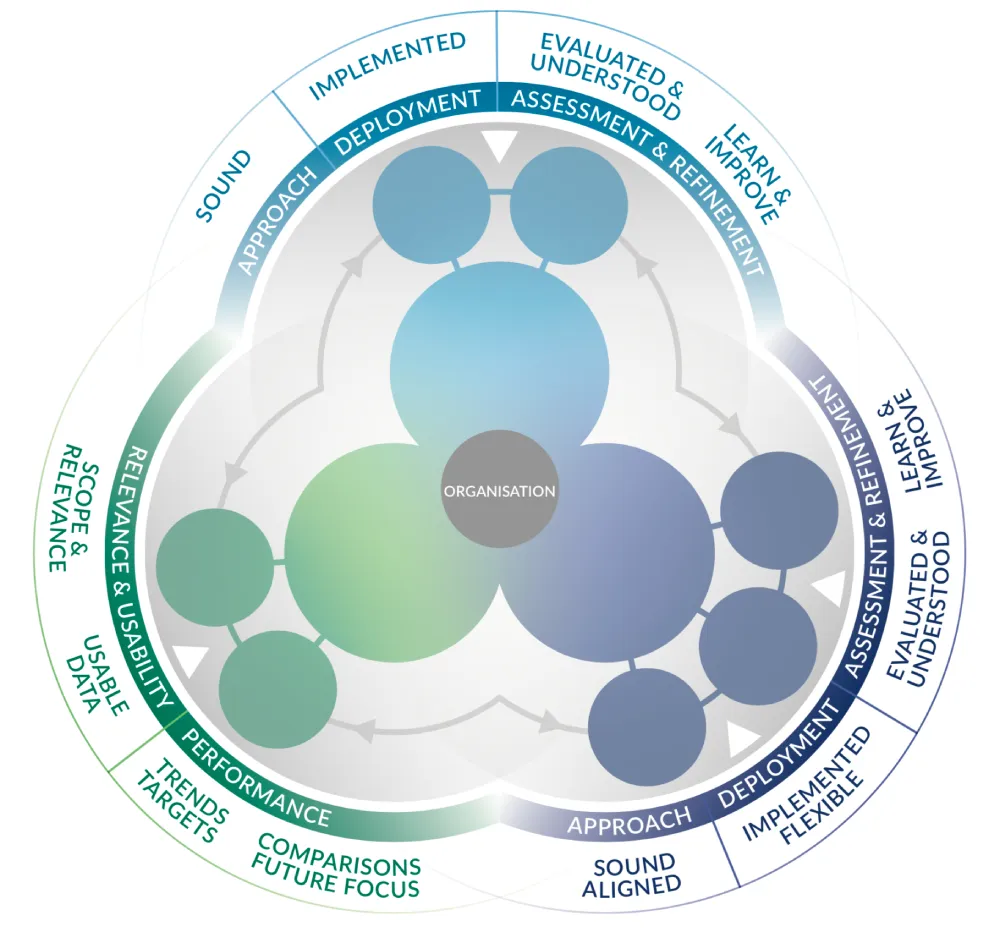
RADAR is the EFQM model diagnostic tool that is used for:
• Helping identify an organization’s current strengths and opportunities for improvement; and
• Help an organization describe its future in terms of the desired results and the necessary actions that need to be taken to achieve those desired results.
In other words, the RADAR diagnostic tools help an organization better manage its current way of working, and diagnose its current strengths and opportunities for improvement.
RADAR is the acronym to state that an organization needs to:
• Determine the Results it is aiming to achieve as part of its strategy
• Have in place a number of Approaches that will deliver the required results, both now and in the future
• Deploy these approaches appropriately
• Assess and Refine the deployed approaches to learn and improve.
Applying RADAR for Direction & Execution
The RADAR tools offer various tables to support analysis described in various stages of the EFQM model, i.e. Direction, Execution and Results, as well as scoring matrix charts for self-assessment. For more information on the RADAR tools please refer to EFQM website: https://www.efqm.org/


